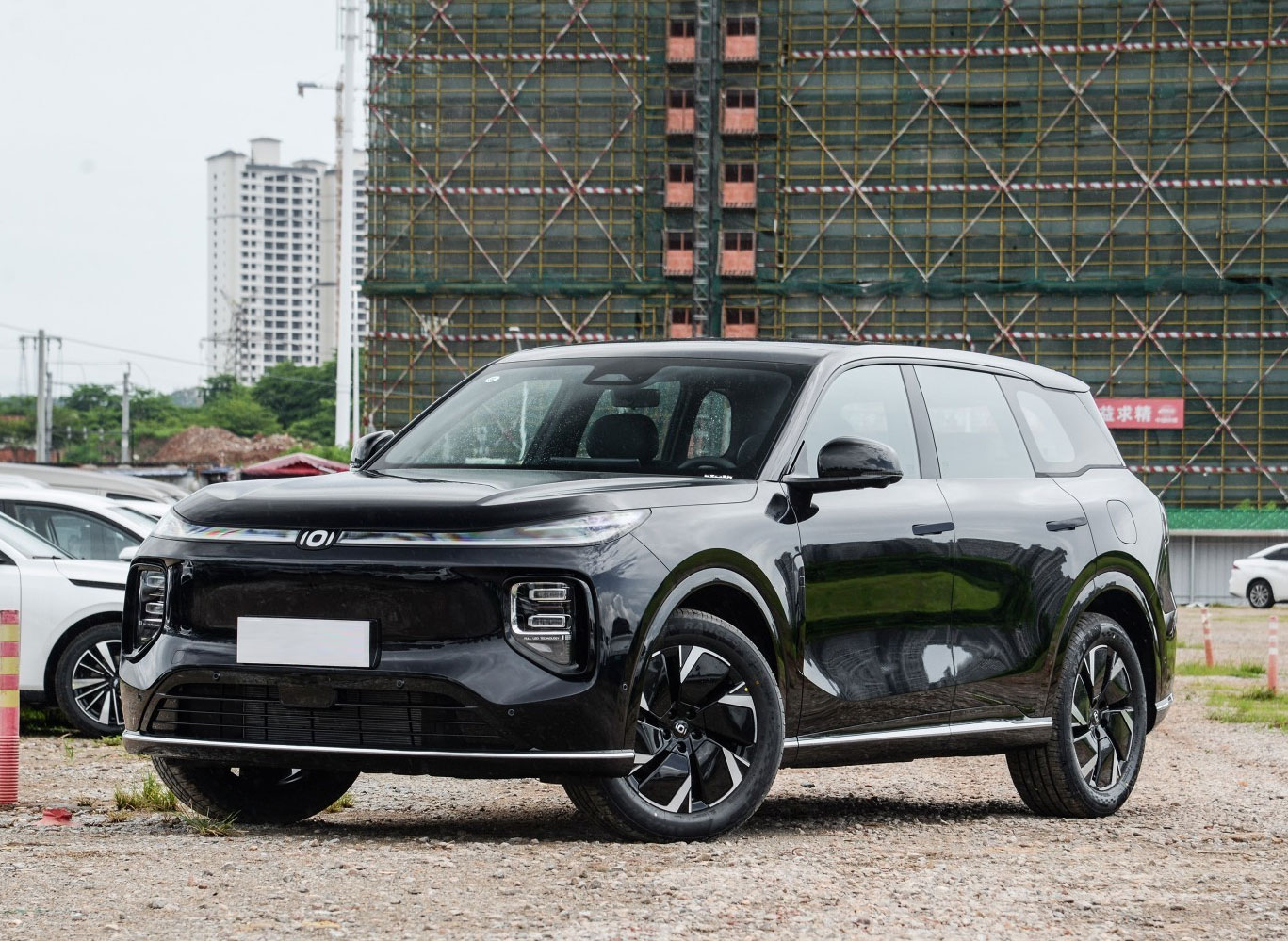Futurism Meets Function
Exterior: 4,837mm length with floating roof, through-type LED lights, and interactive DLP headlights (400,000-pixel projection) .
Controversies: Conservative rear design; thin paint prone to scratches .


Efficiency Redefined
Performance:
1.5T engine (110kW/44.28% thermal efficiency) + 165kW e-motor, 330N·m torque
0-100km/h: 7.9s (strong acceleration even at 90-160km/h in range-extending mode)
Range:
Battery EV Range Total Range Fast Charge
31.73kWh 215km 1,400km 15min (30-80%)
Real-world Consumption:
Summer EV range: 160-180km (AC on)
Fuel economy: 4.3-5.1L/100km (engine mode)


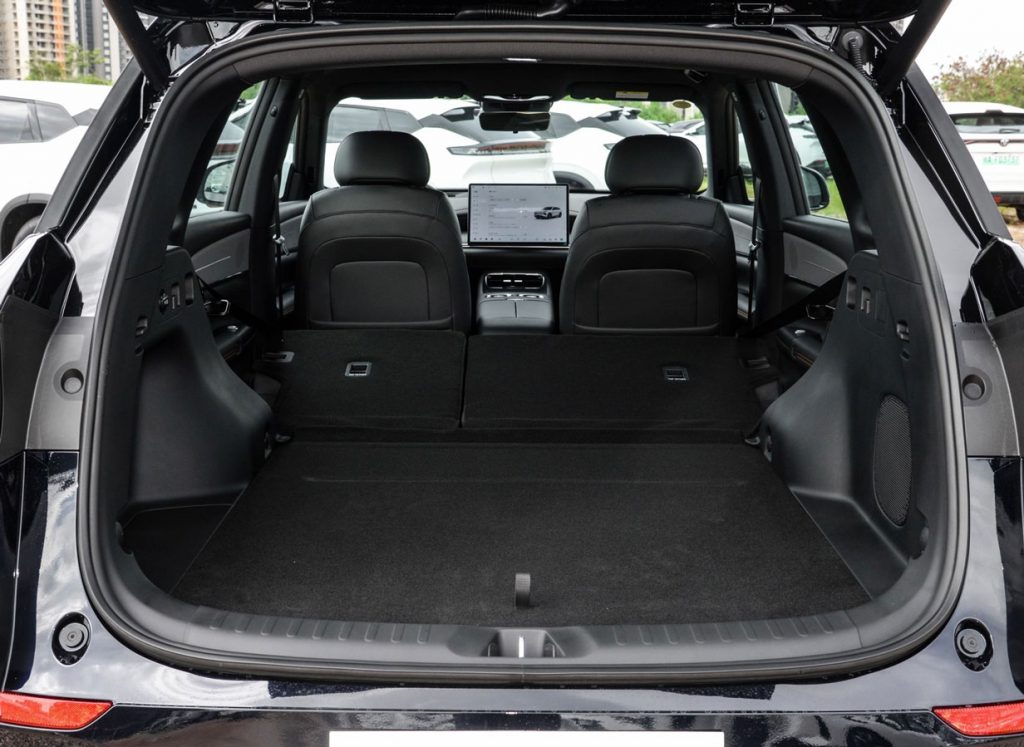
The “Fourth-Generation Mobile Home”
Space Magic: 2,905mm wheelbase enables 86% space utilization; rear legroom reaches 1,185mm .
Human-Centric Tech:
15.4″ rotating touchscreen
Co-pilot entertainment screen + zero-gravity seat
49″ AR-HUD replacing instrument cluster
Flaws: Road noise >60km/h; soft-touch materials cover 90% surfaces .

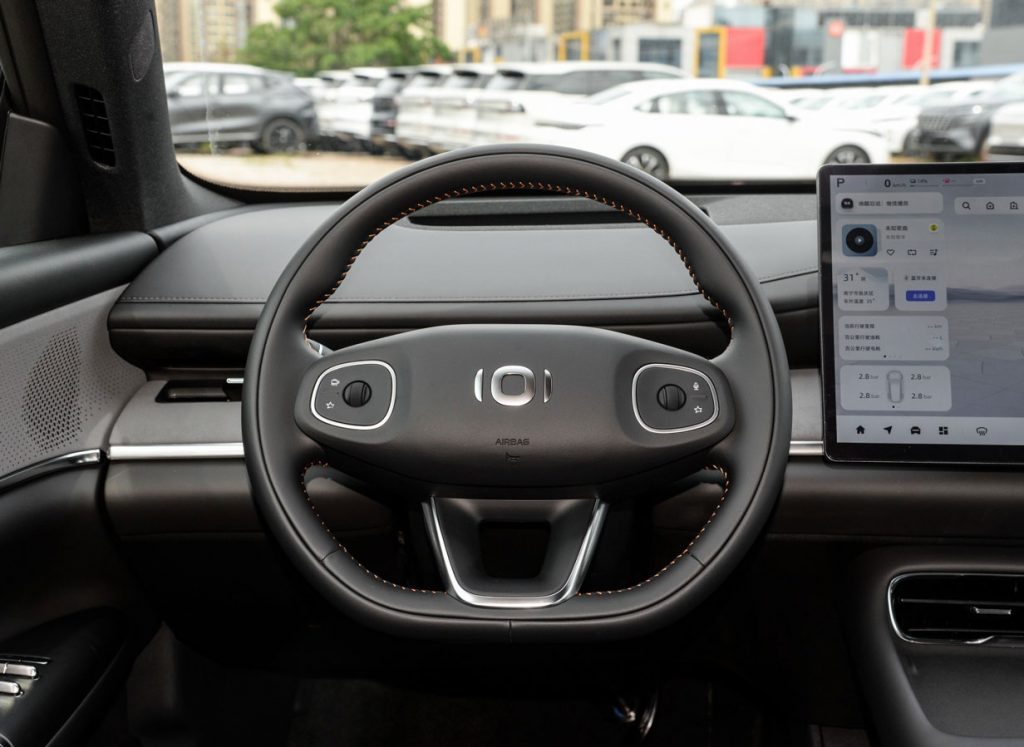
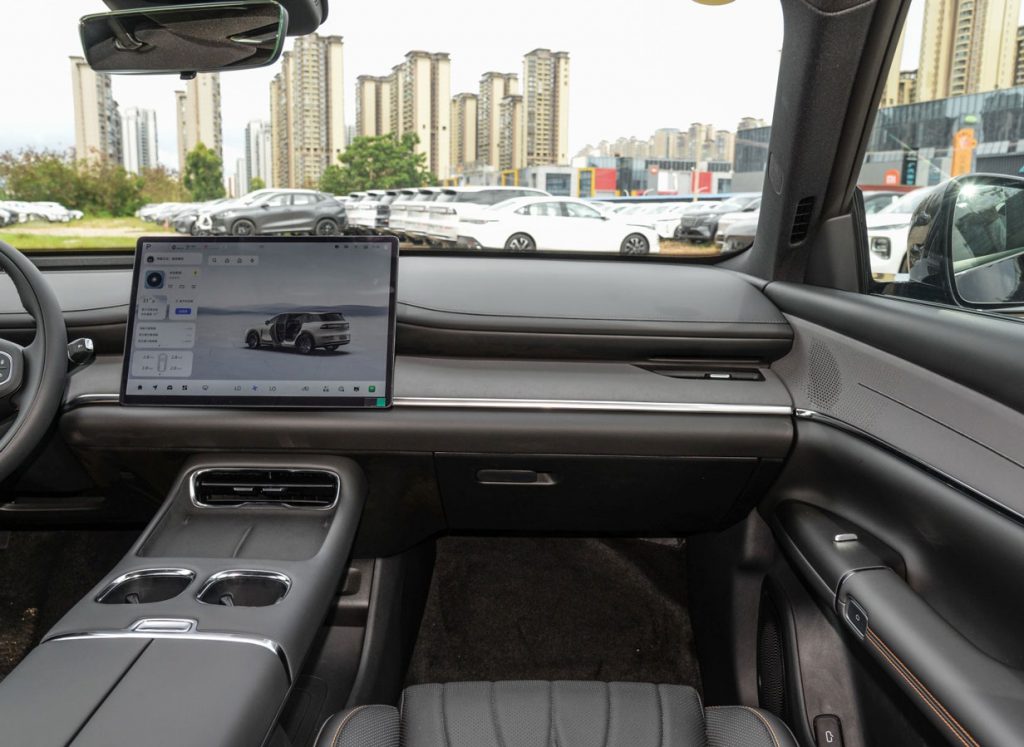
Intelligence: Promise vs. Reality
Tianshu ADAS:
Lidar + 11 cameras enable highway NOA (lane changes/ramp navigation)
Strengths: Smooth parking; quick lane changes
Weaknesses: Slow response to cut-ins
AI Cabin:
Multi-command voice control supported
Pain point: Snapdragon 8155 under-optimized (slow boot/miscommands)
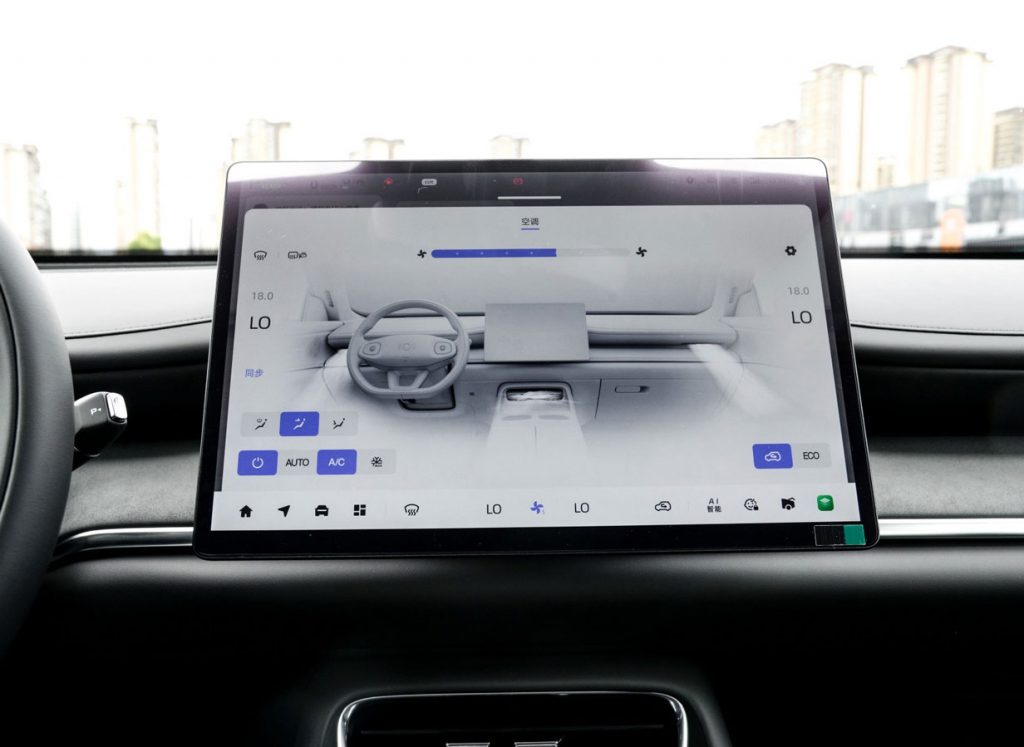
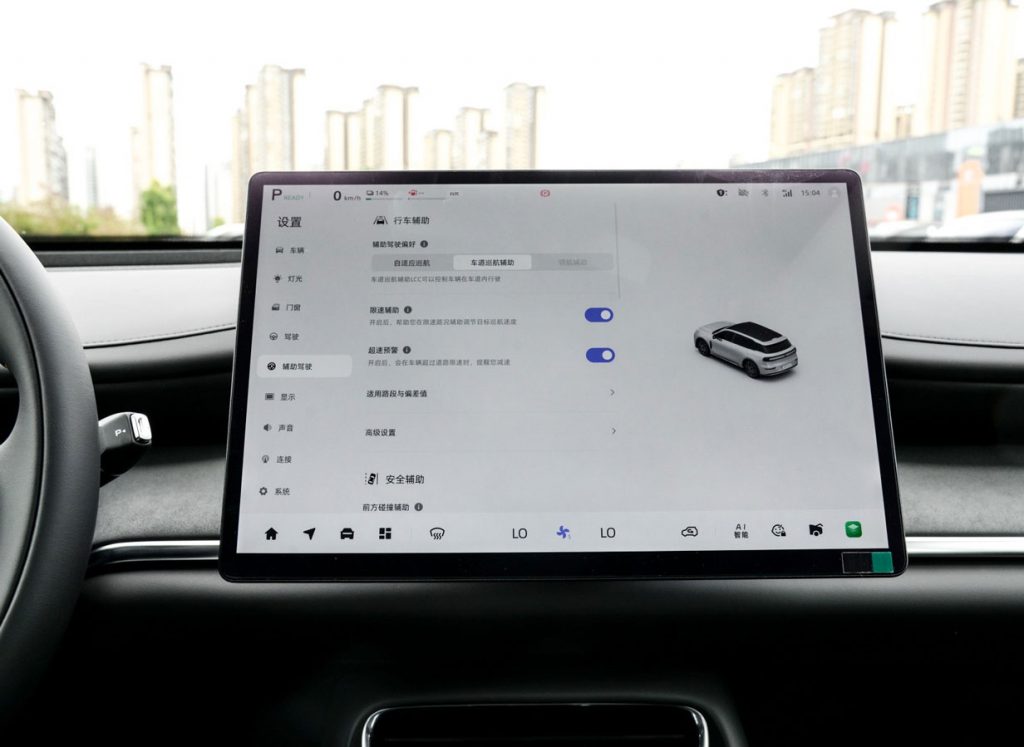
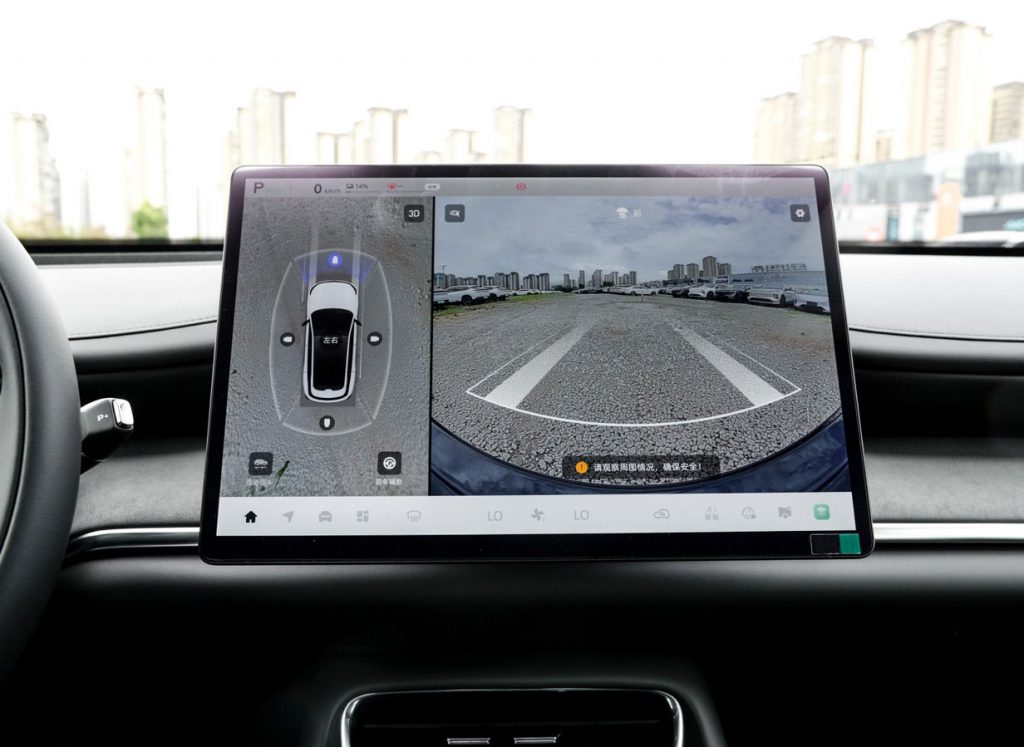
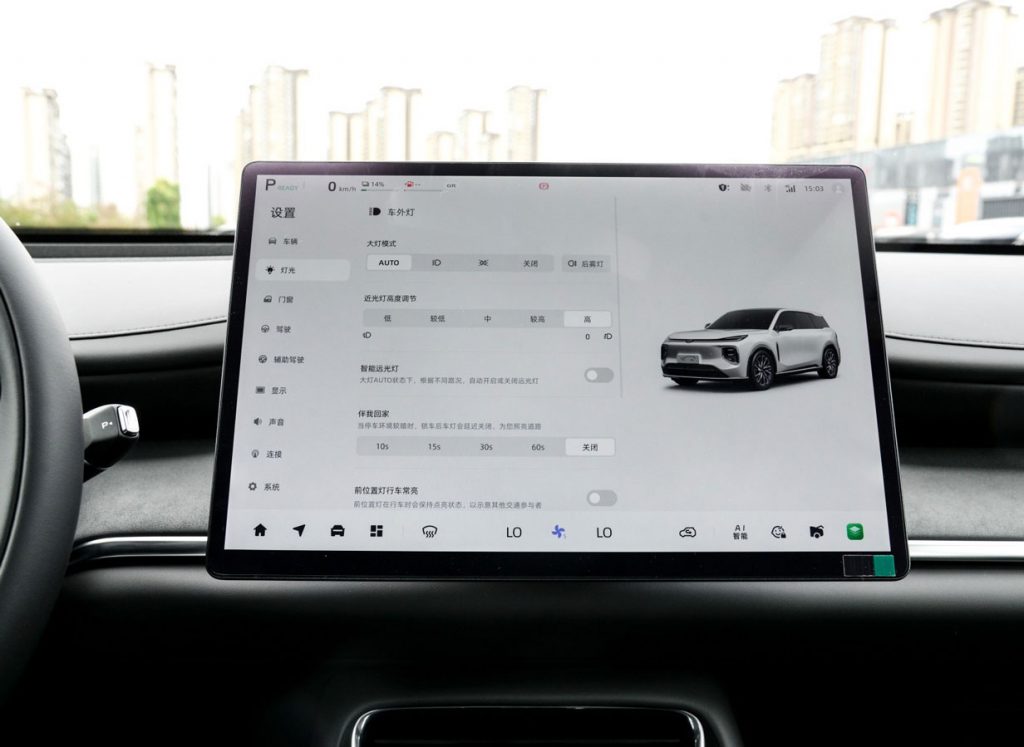
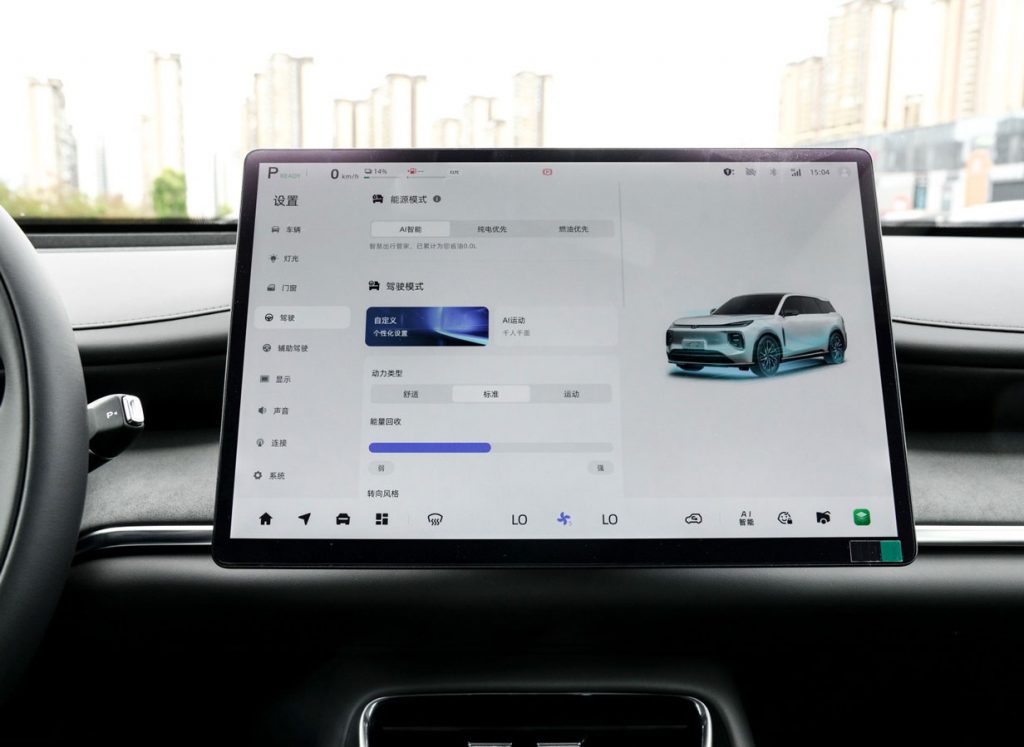

Brand DNA: Technology Democratized
Q07’s core innovation lies in five integrated systems:
SDA Platform (EE architecture)
Tianyu Cockpit (multi-screen OS)
Tianshu ADAS (lidar-based)
Tianheng Chassis (CDC + torque control)
BlueWhale 3.0 PHEV (high-efficiency engine)
This signals Chinese automakers’ shift from feature-stacking to holistic innovation.
Verdict: The New Benchmark
Despite flaws like jerky suspension and laggy infotainment, Q07 resets expectations:
It proves cutting-edge tech shouldn’t be a luxury, but a right for every driver.
For pragmatic families, this is 2025’s most compelling mobile living space .
No dealer quotes available at the moment
